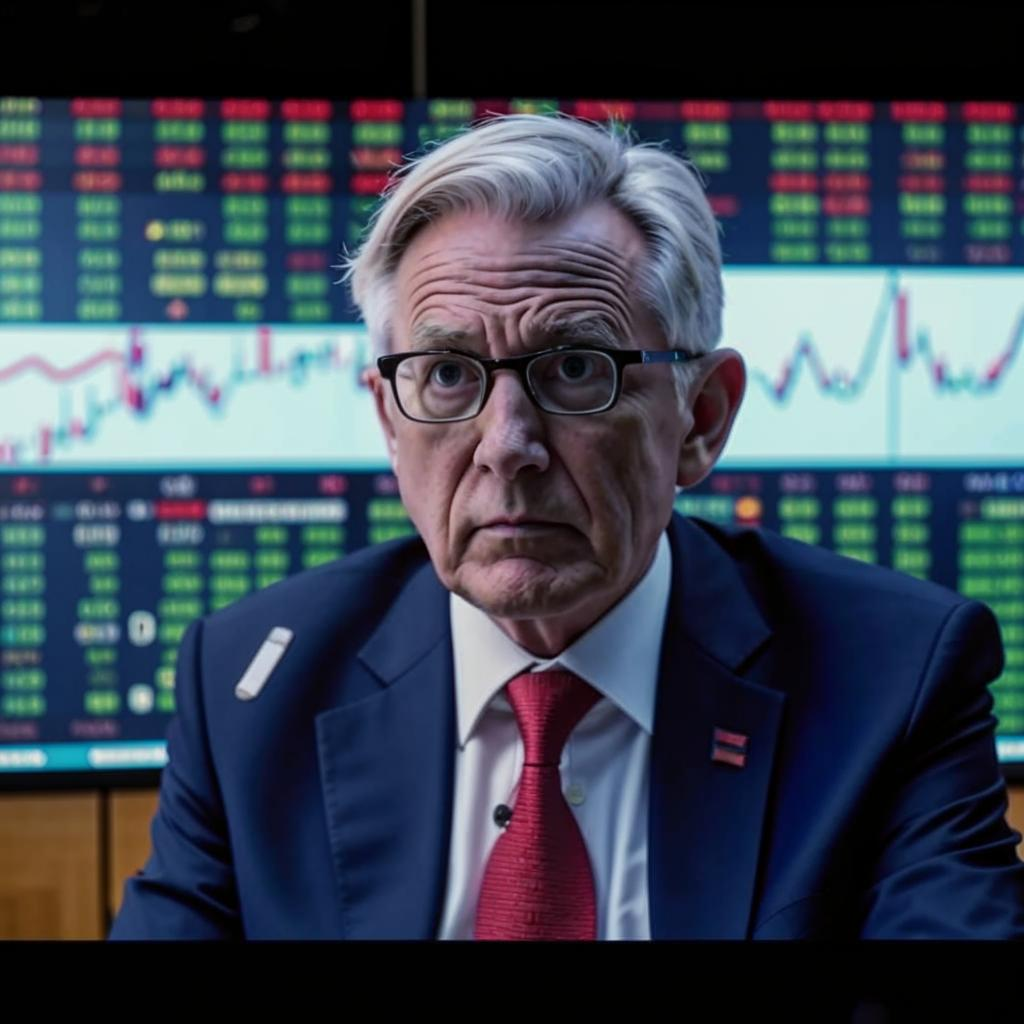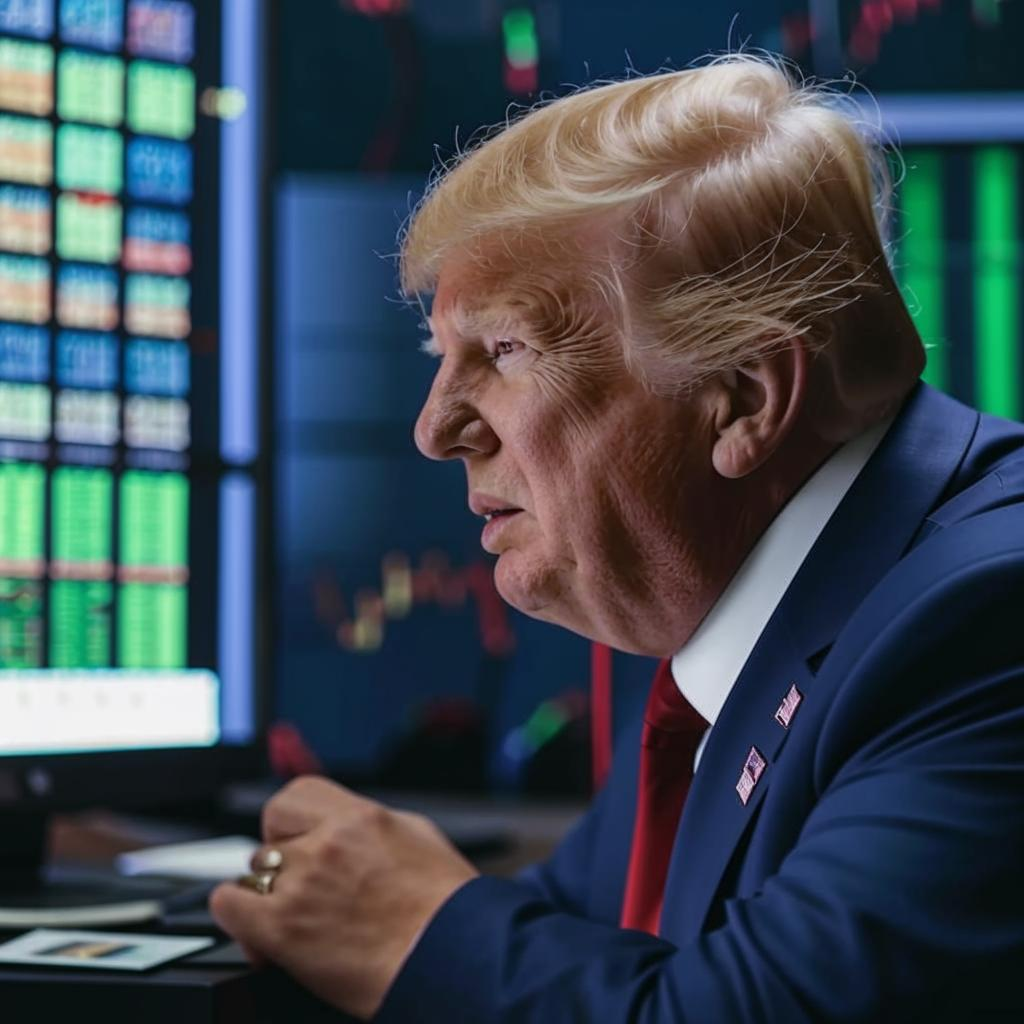A sharp decline in the Dow Jones Industrial Average sent shockwaves through Wall Street as it suffered its largest single-day drop since February. The market plunge, exceeding 1,000 points, was immediately met with finger-pointing, most notably from President Trump, who once again took aim at the Federal Reserve and its chairman, Jerome Powell. Trump has repeatedly criticized the Fed’s decisions to gradually raise interest rates, arguing that these hikes threaten economic growth and undermine his administration’s policies.
Analysts suggest a confluence of factors contributed to the market downturn, including rising bond yields, concerns about global economic growth, and escalating trade tensions between the United States and China. However, Trump’s vocal attacks on the Federal Reserve amplified the sense of unease, leading to increased market volatility. The President’s persistent criticism challenges the traditional independence of the central bank, raising questions about the potential for political interference in monetary policy. Powell and other Fed officials have maintained that their decisions are based solely on economic data and are aimed at achieving stable prices and full employment. The market will closely watch the Fed’s future moves and Trump’s reaction, to see how these factors will affect the economy and investment in the near future.












